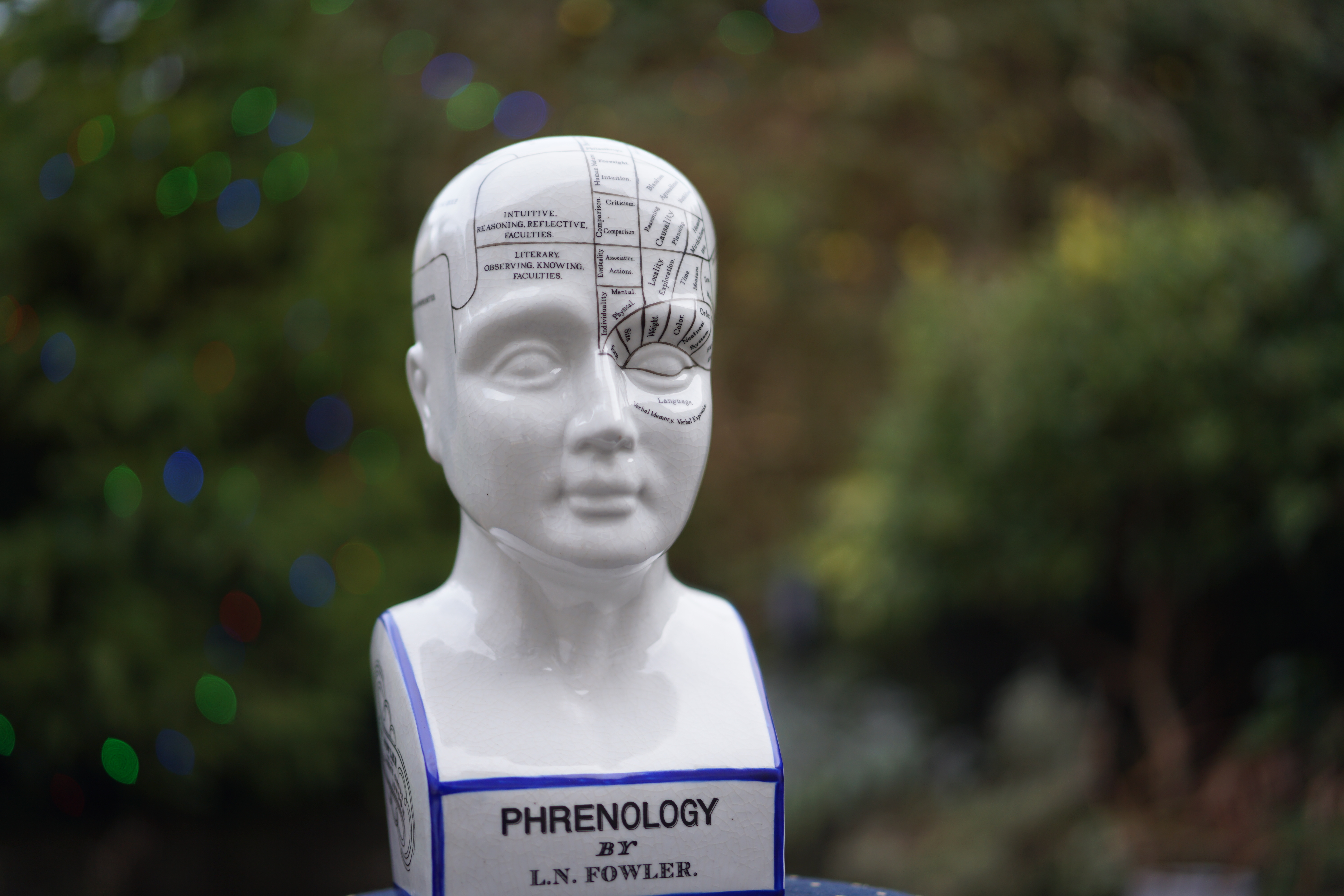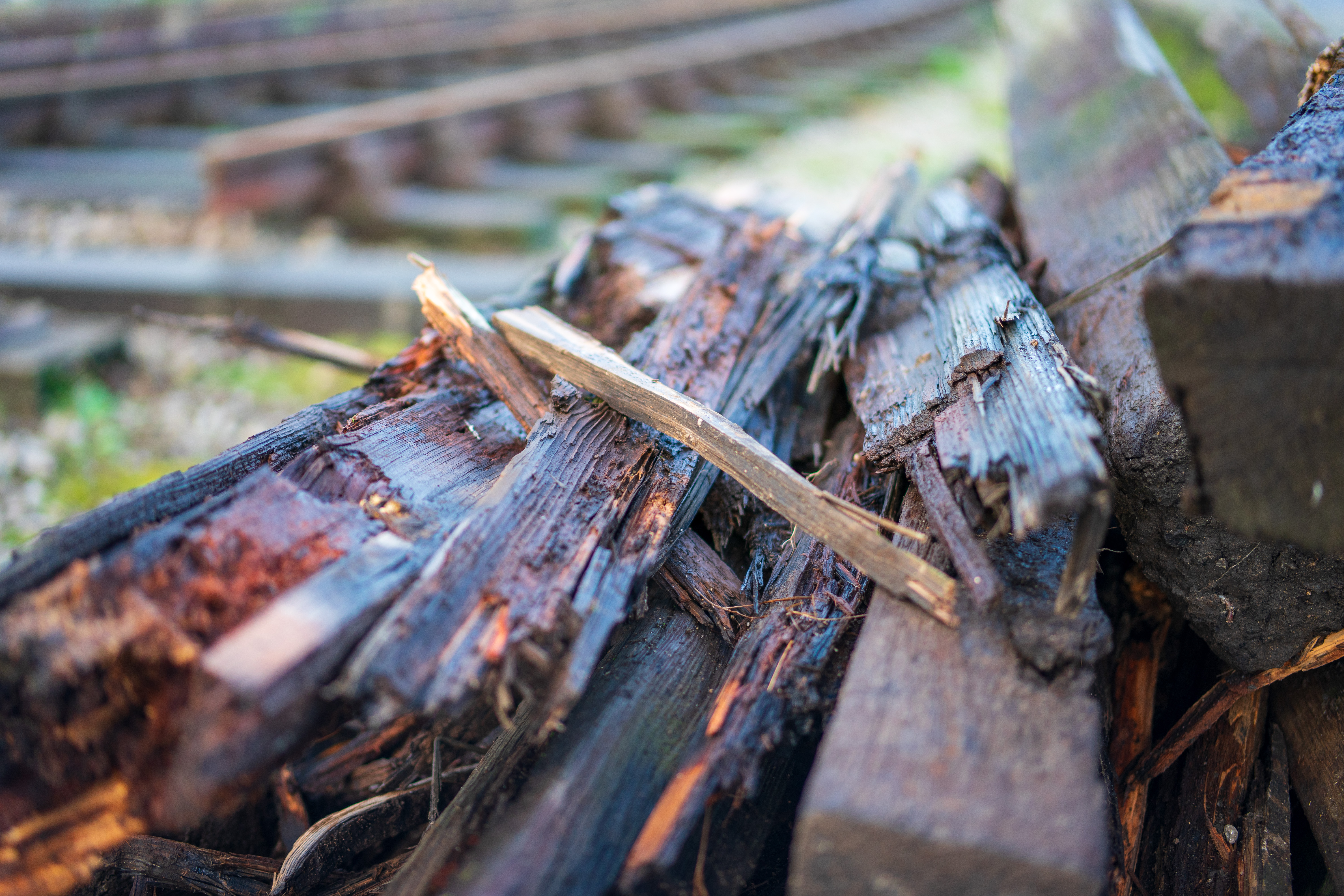Digital Camera World Verdict
Everybody loves a nifty fifty and the 7Artisans AF 50mm F1.8 has a lot going for it. I like that it includes some exotic glass, has a de-clicked aperture ring and is smartly turned out with a quality metal barrel. It’s a good performer with an attractive price tag.
Pros
- +
Quality design and build
- +
Impressive sharpness
- +
Aperture control ring
Cons
- -
Aperture ring has no locking switch
- -
Quite bulky
- -
Lacks any weather-seals
Why you can trust Digital Camera World
7Artisans is a company that was formed by a number of Chinese camera enthusiasts back in 2015. By the time its first lens went into production, seven people remained from the original group, hence the company name.
7Artisans makes a number of lenses in a variety of mount options and I’ve been impressed in the past with its full-frame compatible 7Artisans 50mm f/1.05 and 7Artisans 10mm f/2.8 Fisheye, both of which I’ve tested in Nikon Z-mount editions. I actually liked the fisheye lens so much I bought one. I’ve also reviewed the recently released ultra-wide-angle but rectilinear 7Artisans 9mm F5.6 which is a good option among Sony E-mount lenses.

7Artisans AF 50mm F1.8: What's changed?
Most 7Artisans lenses including the 7Artisans 50mm f/1.05, 7Artisans 10mm f/2.8 Fisheye and 7Artisans 9mm F5.6 are fully manual lenses with no built-in electronics. You therefore need to focus manually as well as setting the aperture via the lens’s control ring, rather than from the camera body.
This AF 50mm F1.8 for Sony E-mount cameras is the first 7Artisans lens to feature autofocus and, while it has an aperture control ring, it also includes all the necessary electronics for camera-driven aperture control, so you can shoot in the full range of PASM modes.
Note: Since we reviewed this lens, it has now also become available in Nikon Z and L-Mount options.
7Artisans AF 50mm F1.8: Specifications
| Mount options | Sony E (FE), Nikon Z, L-Mount |
| Full frame | Yes |
| Autofocus | Yes |
| Image stabilization | No |
| Lens construction | 11 elements in 9 groups |
| Angle of view | 46.8 degrees |
| Diaphragm blades | 11 |
| Minimum aperture | f/16 |
| Minimum focus distance | 0.5m |
| Maximum magnification | Unspecified |
| Filter size | 62mm |
| Dimensions | 72x104mm |
| Weight | 421g |
7Artisans AF 50mm F1.8: Price & Availability
The lens is available to buy from a variety of photographic retailers as well as from the 7Artisans online store, which operates in various world regions.

7Artisans AF 50mm F1.8: Design & Handling
Whereas the older (and faster) 7Artisans 50mm f/1.05 manual lens has a metal barrel but a plastic mounting plate, the new ‘AF’ lens has a fully metal construction, apart from the plastic petal-shaped lens hood that’s supplied with it. The mounting plate also features a USB-C port, for applying firmware updates if and when needed. The lens certainly looks and feels a lot more sophisticated than the own-brand Sony FE 50mm f/1.8, but it’s also a lot larger and more than twice the weight.

The optical design is based on 11 elements in 9 groups and includes two aspherical elements, and ED (Extra-low Dispersion) elements and two HRi (High Refractive index) elements. The overall aim is to ensure good sharpness, contrast and color accuracy with the minimum of unwanted aberrations like color fringing and distortion.

The aperture diaphragm is well-rounded, based on 11 curved blades rather than the more usual nine. The narrowest available aperture is f/16 and the aperture can be controlled from the host camera body or via the onboard control ring. I like that the aperture ring is de-clicked for shooting video, whereas I find camera-based control more appropriate for shooting stills. What I don’t like is that there’s no locking switch nor a firm click to disengage the aperture ring from its Auto position. I found it all too easy to nudge the ring from its Auto setting to a narrow aperture accidentally while handling the lens.

As with most current and recent lenses for mirrorless cameras, autofocus is driven by a linear stepping motor. Again, I think that’s a good choice as it delivers speedy performance for stills and smooth, virtually silent autofocus transitions when shooting video.



7Artisans AF 50mm F1.8: Photo Performance
Sharpness gets off to a very good start when shooting wide-open at f/1.8 and becomes excellent at apertures of between f/2.8 and f/8. It drops off at narrower apertures of f/11 to f/16, due to diffraction.

One of the plus points of a fairly fast prime lens is that you can gain a tight depth of field for isolating the main subject in a composition by blurring the background. The quality of bokeh at f/1.8 is nice and smooth and remains so when stepping down a little, thanks to the well-rounded 11-blade aperture diaphragm. However, defocused lights and bright points in scenes tend to have a clearly visible ‘onion ring’ effect in the resulting bokeh disks. Typical of many lenses, bokeh disks also take on an elliptical rather than circular shape, away from the central region of the image frame.

Lateral chromatic aberration can be clearly noticeable towards the edges and corners of the image frame, for example around high-contrast edges like dark tree branches against a bright sky. On the plus side, automatic in-camera correction can fix this aberration. Axial chromatic aberration or ‘bokeh fringing’ can also be noticeable at wide apertures, with red and green fringing around high-contrast edges in front of and behind the plane of focus. This isn’t fixed by automatic in-camera correction.

7Artisans AF 50mm F1.8: Sample Images
This gallery of sample images includes shots taken at Bristol Harbour in the UK, under direct sunlight and in shade, using a variety of aperture settings.













7Artisans AF 50mm F1.8: Lab Results
We run a range of lab tests under controlled conditions, using the Imatest Master testing suite. Photos of test charts are taken across the range of apertures and zooms (where available), then analyzed for sharpness, distortion and chromatic aberrations.
We use Imatest SFR (spatial frequency response) charts and analysis software to plot lens resolution at the center of the image frame, corners and mid-point distances, across the range of aperture settings and, with zoom lenses, at four different focal lengths. The tests also measure distortion and color fringing (chromatic aberration).
Sharpness:

Center-sharpness is very good when shooting wide-open at f/1.8, even better at f/2 and excellent at apertures between f/2.8 and f/8. Sharpness towards the edges and corners of the image frame holds up well at f/1.8 and, again, is excellent between f/2.8 and f/8. From f/11 to f/16, sharpness drops off due to diffraction.
Fringing:

Lateral chromatic aberration can be clearly noticeable towards the edges and corners of the image frame, getting worse as you stop down through the aperture range. In practical terms, it’s not a real problem as it can be taken care of by automatic in-camera correction. However, axial chromatic aberration or ‘bokeh fringing’ isn’t corrected and can be noticeable at wide apertures.
Distortion: 0.01
The 7Artisans AF 50mm F1.8 is essentially a zero-distortion lens, as indicated by its practically perfect lab-results for this facet of image quality.
7Artisans AF 50mm F1.8: Verdict
To me, the 7Artisans AF 50mm F1.8 is the company’s first ‘fully digital’ lens, as all previous lenses have lacked any electronics. I like the swift and practically silent autofocus and the way I can control the aperture from the camera or via the built-in control ring. I also like that the control ring is de-clicked for video shooting but I wish it had a firm ‘Auto’ position click or a locking switch, as it’s easy to nudge from its auto position accidentally. Overall performance and image quality are very good, as is the build quality. There’s a noticeable ‘onion ring’ effect in bokeh discs and a little axial chromatic aberration but it’s a very sharp lens. All in all, it’s a fine prime.

Should you buy the 7Artisans AF 50mm F1.8?
✅ Buy this...
- Good performance overall
- Fairly fast f/1.8 aperture
- Solid metal construction
🚫 Don't buy this...
- Aperture ring can’t be locked
- No weather-seals
- Some color fringing
Alternatives
The 7Artisans 50mm f/1.05 lacks autofocus and actually has no built-in electronics at all but despite its super-fast aperture rating, it’s a smaller (although heavier) lens.
At 670g, the Sigma 50mm F1.4 DG DN Art isn’t massively heavier and boasts a faster f/1.4 aperture. Sigma has an illustrious history of great nifty fifties but this one is our favorite to date.
Matthew Richards is a photographer and journalist who has spent years using and reviewing all manner of photo gear. He is Digital Camera World's principal lens reviewer – and has tested more primes and zooms than most people have had hot dinners!
His expertise with equipment doesn’t end there, though. He is also an encyclopedia when it comes to all manner of cameras, camera holsters and bags, flashguns, tripods and heads, printers, papers and inks, and just about anything imaging-related.
In an earlier life he was a broadcast engineer at the BBC, as well as a former editor of PC Guide.





